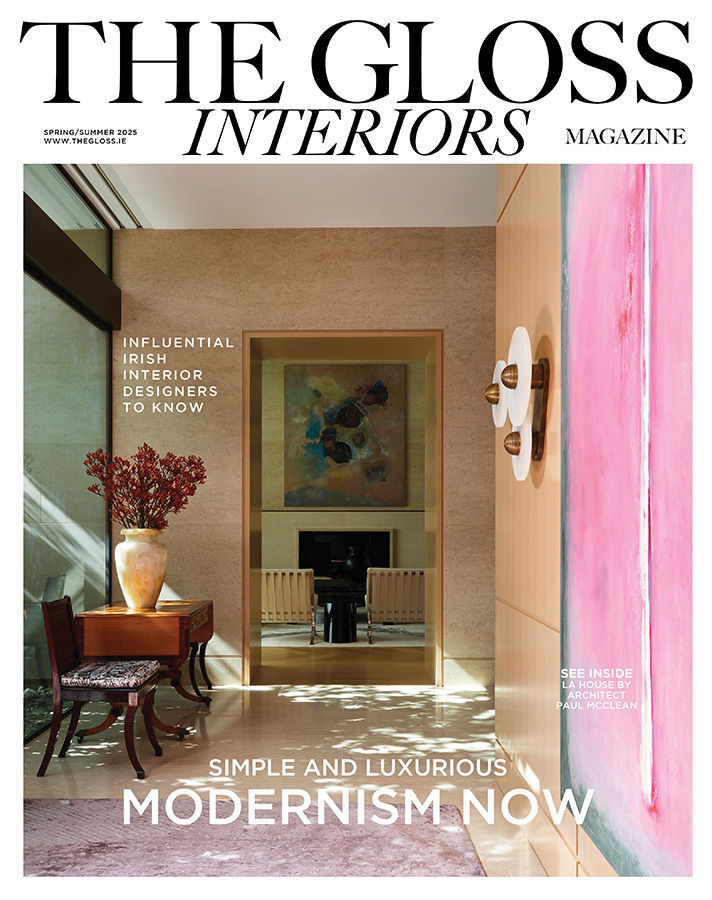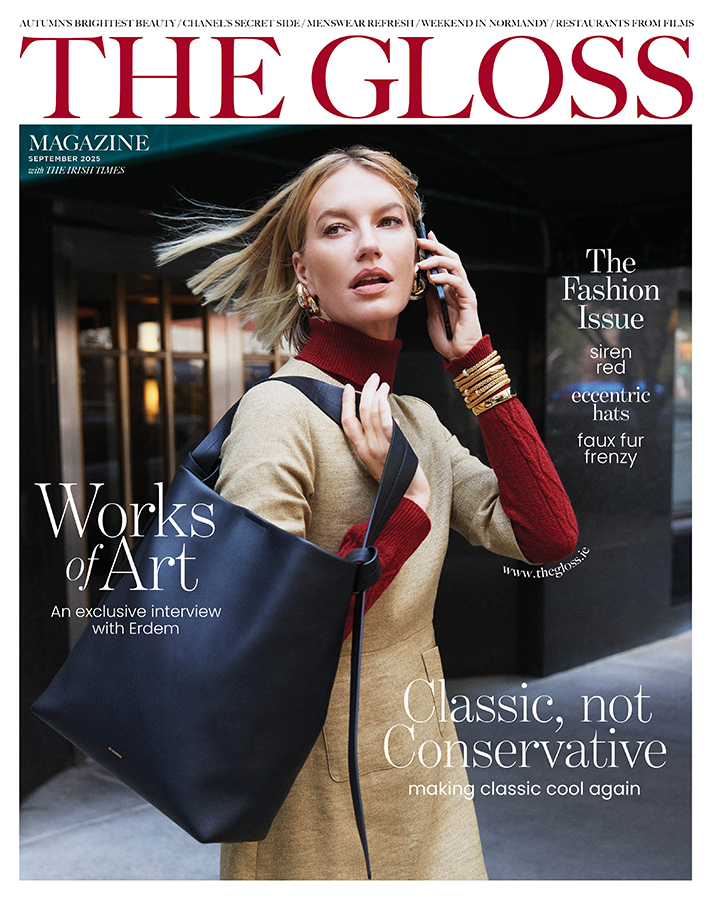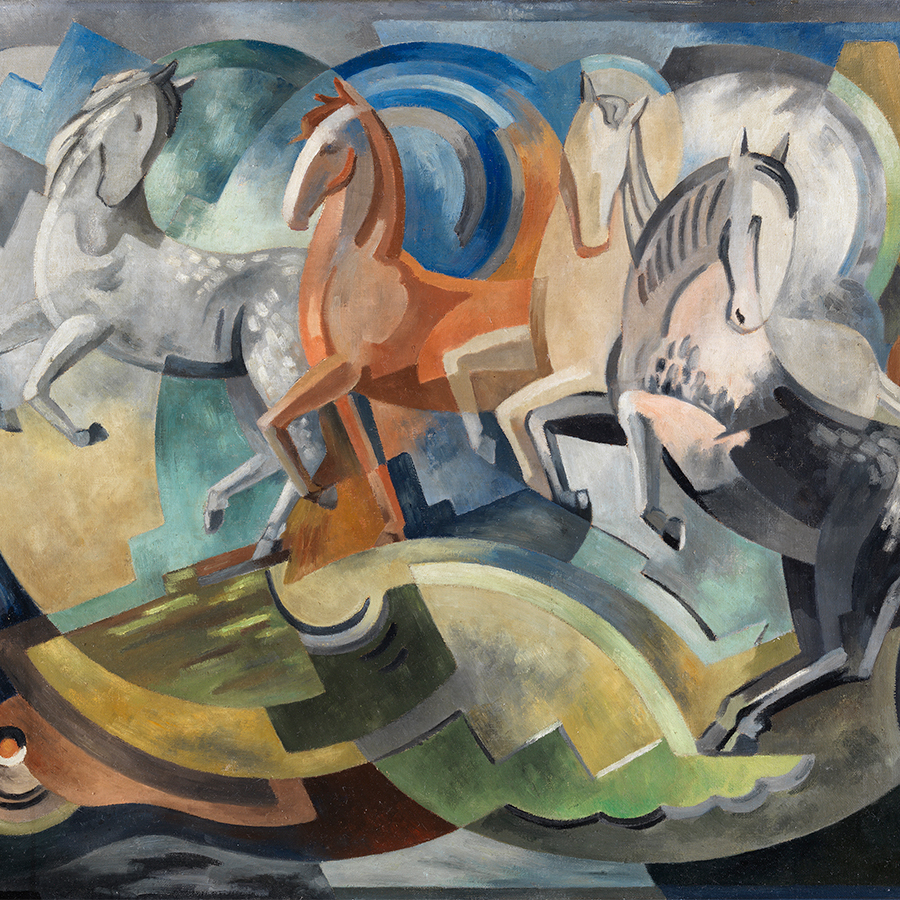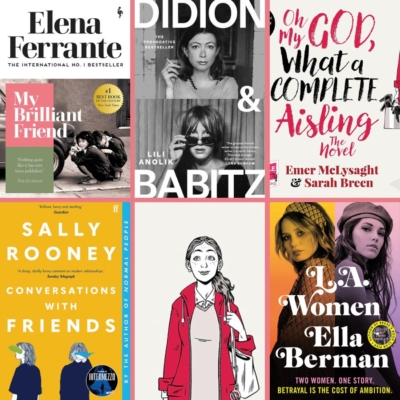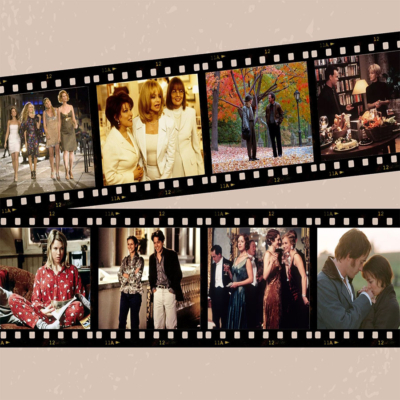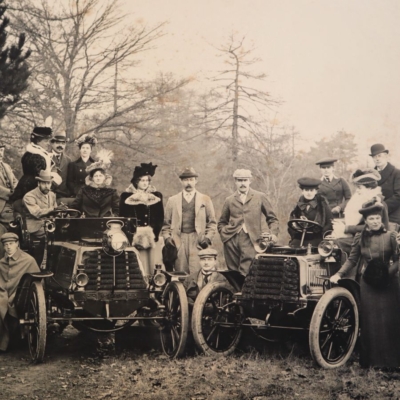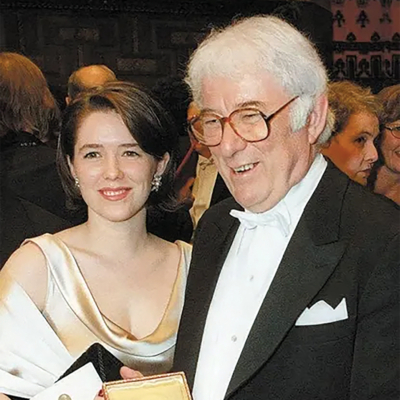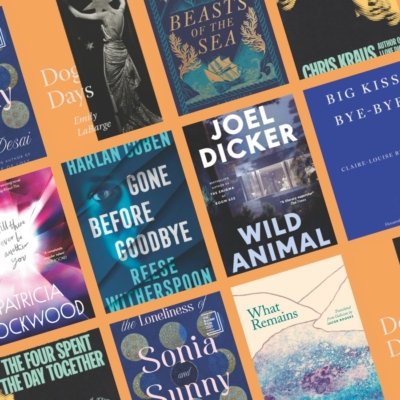The National Gallery of Ireland’s new exhibition shows how two Modernist women changed the course of Irish art, as Head Curator Brendan Rooney explains …
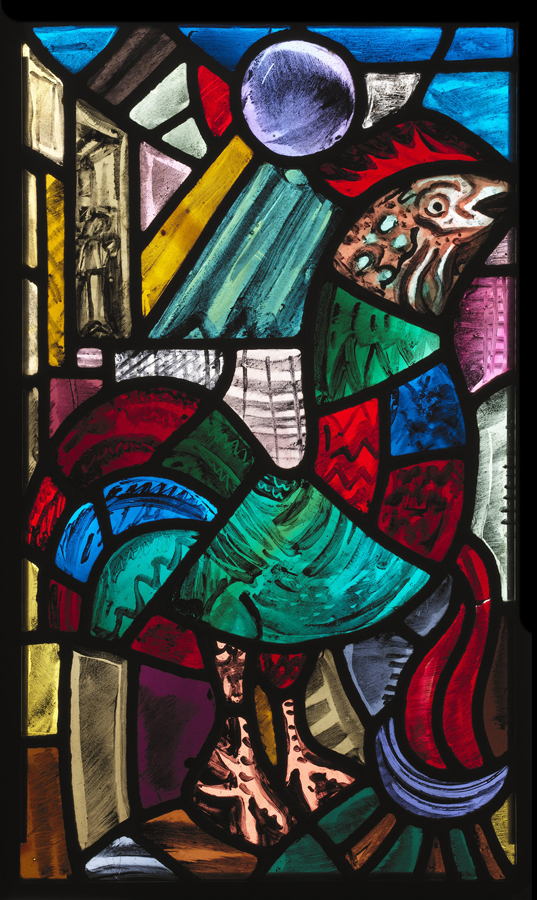
Evie Hone stained glass: The Cock and Pot, commonly known as The Betrayal, c.1947. Credit: © Geraldine and Kate Hone, and the FNCI.
What’s Mainie Jellett and Evie Hone’s significance to Irish art?
Mainie Jellett and Evie Hone, both of whom lived and worked during the first half of the 20th century, were pioneers of Modernism in Ireland. Rather than focusing on literal or naturalistic depictions, they explored the harmonies of line, colour, and form. Lifelong friends, they first met in London in 1917 while studying at the Westminster School of Art. However, it was in Paris a few years later that their artistic journey together truly began.
They played a crucial role in introducing modern art movements – particularly Cubism and Abstraction – to Irish audiences. Early in their careers, their work was met with bafflement, criticism, and even hostility. A reviewer in The Irish Times once described Jellett’s painting Decoration (1923) as “an insoluble puzzle” while George Russell (known as “AE”) dismissed her work as “sub-human art.” Despite such reactions, both artists remained steadfast in their belief that art had a place in modern society, and their contributions to Irish art cannot be overstated. Jellett became a champion of modernist painting in Ireland, while Hone later became one of the country’s most sought-after stained-glass artists.

Mainie Jellett, Decoration, 1923.
The two women spent a formative time in Paris during the 1920s – a particularly exciting time for art…
Jellett and Hone’s decade-long shared experience in Paris was transformative. They arrived as academic figurative painters and left as pioneering abstract artists. Initially studying under André Lhote, it was their time in the studio of influential Cubist Albert Gleizes that had the most profound impact on their work.
Gleizes was a reluctant teacher, and it was only through sheer persistence that the two young Irish artists managed to secure a place in his studio. He later admitted that their tenacity had initially terrified him. Under his guidance, they studied his theories of rotation (how an object exists in space) and translation (how objects relate to each other in space). Their paintings not only revealed the influence of his art, but often closely resembled each other’s work. So deep was their artistic connection that Juliette Roche-Gleizes, the artist’s widow, later recalled: “Mainie and Evie were so much his (spiritual daughters), one cannot separate them.”
Their time in Paris coincided with a period of radical artistic experimentation as movements like Cubism reshaped traditional approaches to representation. At a time when abstraction had yet to gain acceptance in Ireland, Paris provided them not only with inspiration but also with a sense of artistic legitimacy that would define their careers.
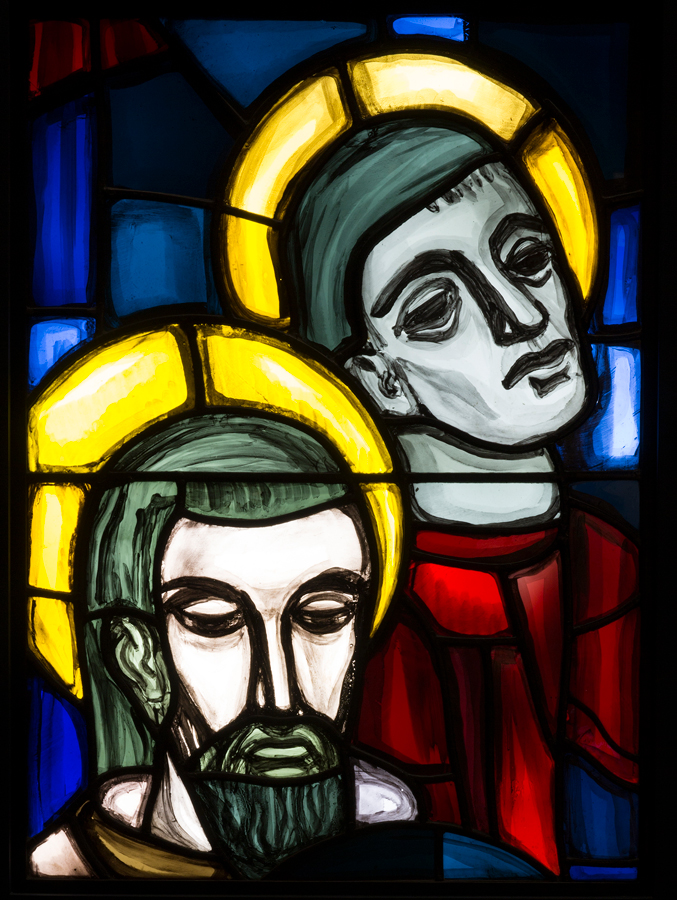
Evie Hone stained glass: Heads of Two Apostles, c.1952. Credit: © Geraldine and Kate Hone, and the FNCI.
How did their friendship develop?
Jellett and Hone’s friendship was both deeply personal and profoundly influential in shaping their artistic careers. While their early training and artistic journey were closely intertwined, their responses to critical reception differed significantly.
Their first significant test came in 1923 when Jellett exhibited Decoration at the Dublin Painters Group exhibition. Its abstract, Renaissance-inspired composition was met with hostility, and the reaction deeply affected both women. Jellett, undeterred by the controversy, was emboldened and began exhibiting internationally, showing her work in Dublin, London, Paris, and Amsterdam. Hone, on the other hand, was overwhelmed by the backlash and retreated entirely from the art world, joining an Anglican convent in Cornwall.
Her absence was short-lived, however. It was Jellett who eventually coaxed her friend back onto the artistic stage. She collected her when she left the convent – unordained – and encouraged her to paint again. By 1928, Hone had re-engaged with art and even accompanied Jellett on a trip to visit Gleizes in France. She held a solo exhibition in Dublin shortly afterward, declaring her renewed artistic intent.
“Their differences never undermined their friendship or shared artistic convictions.”

Mainie Jellett, A Composition – Sea Rhythm.
Religious faith remained a significant force in both women’s lives, though in different ways. Hone ultimately converted to Catholicism in 1939, while Jellett remained committed to her own spiritual views.
Their paths diverged further in the 1930s when Hone turned to stained glass, inspired by the windows of Chartres Cathedral and the Irish medieval tradition. She became one of the leading stained-glass artists in Ireland, producing major commissions, including the east window of Eton College Chapel. Jellett, meanwhile, continued to work in painting but also explored other applied arts, such as poster design, textiles, and decorative screens.
Their friendship endured throughout their lives. Hone was among the last to see Jellett, visiting her in the nursing home the evening before she passed away in 1944, at the age of 46.
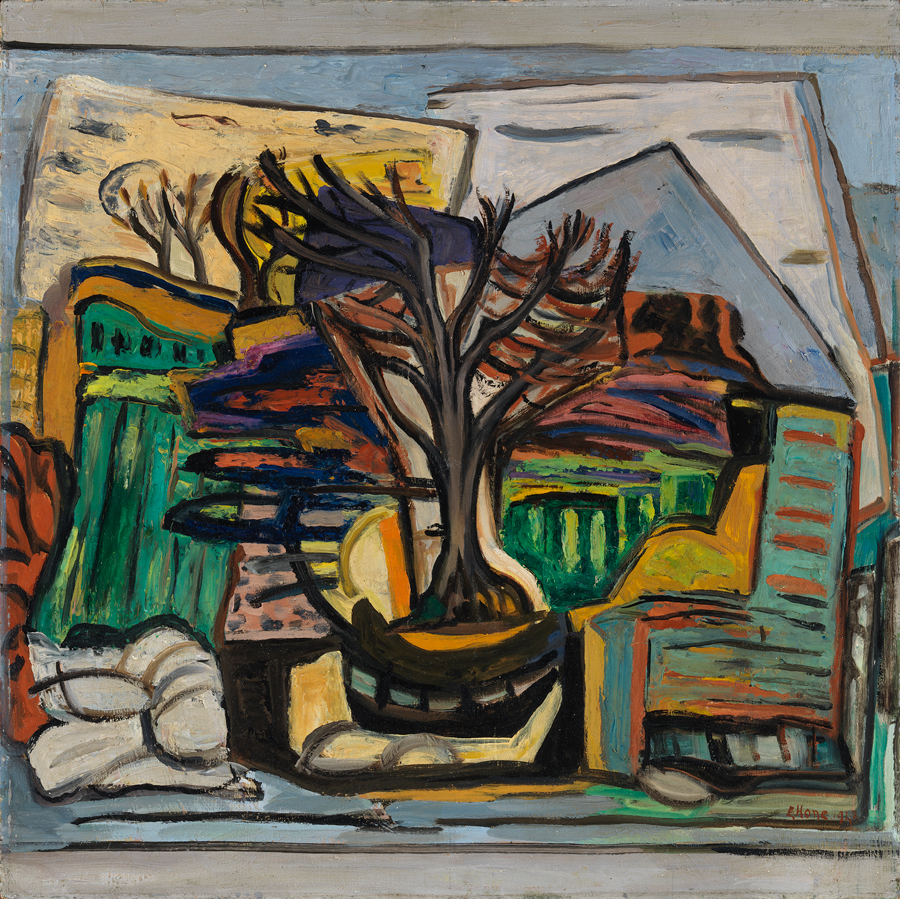
Evie Hone, A Landscape with a Tree, 1943. Credit: © Geraldine and Kate Hone, and the FNCI.
How significant is this exhibition and what can visitors expect to discover?
Mainie Jellett and Evie Hone: The Art of Friendship brings together over 90 works, spanning a range of styles and media, offering a comprehensive look at their artistic development, shared influences, and individual journeys.
While the exhibition doesn’t aim to disprove the idea that Jellett and Hone were inextricably linked, it explores and challenges this notion. Artistic collaboration and influence are often complex, and their relationship is no exception. Visitors are invited to consider not just the similarities between these two artists, but also the key differences that emerged over time.
A particularly notable aspect of their shared history is that, despite their close association, they only exhibited together once – at the Society of Dublin Painters in 1924. This exhibition, which featured only abstract, untitled works, was met with a mix of bafflement and ridicule, marking a pivotal moment in their careers.
“The exhibition reflects both the unity and individuality of these two remarkable artists, whose friendship, despite its challenges, remained a cornerstone of their lives and artistic practices.”
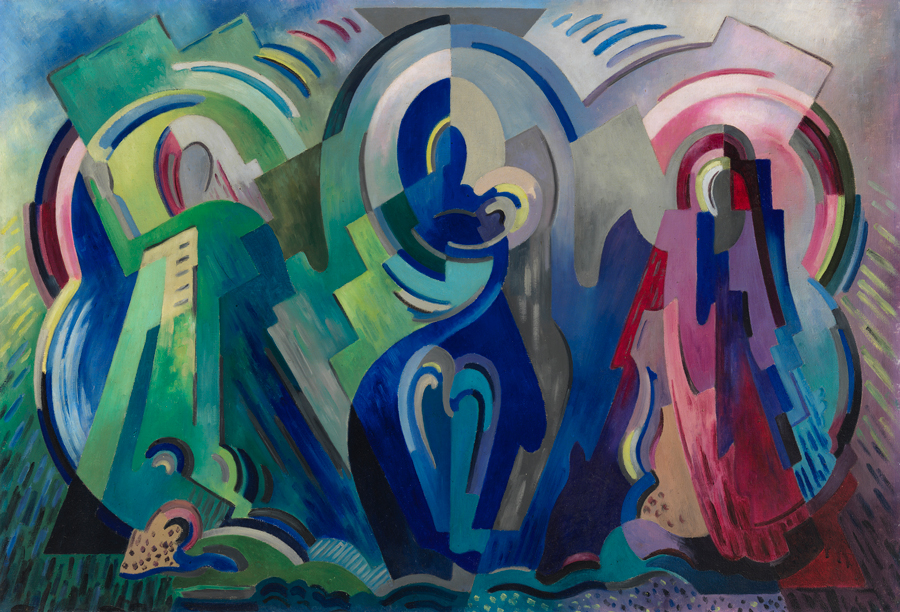
Mainie Jellett, The Virgin of Éire, 1940s.
One of the exhibition’s key highlights is a dedicated space showcasing Hone’s stained-glass work, alongside Jellett’s decorative designs. Visitors will also encounter newly restored pieces, such as Jellett’s folding screen, which illustrates her application of Cubist principles beyond painting.
The exhibition also highlights the lasting impact of their work. Jellett played a crucial role in championing Modernist painting in Ireland and was instrumental in founding the Irish Exhibition of Living Artists. Hone, meanwhile, re-established connections between painting and stained glass, producing some of the most significant stained-glass commissions of her time.
Need to know: Mainie Jewett and Evie Hone. The Art of Friendship at the National Gallery of Ireland, Beit Wing, until August 10. www.nationalgallery.ie.
SEE MORE: Four Famous Female Irish Friendships



